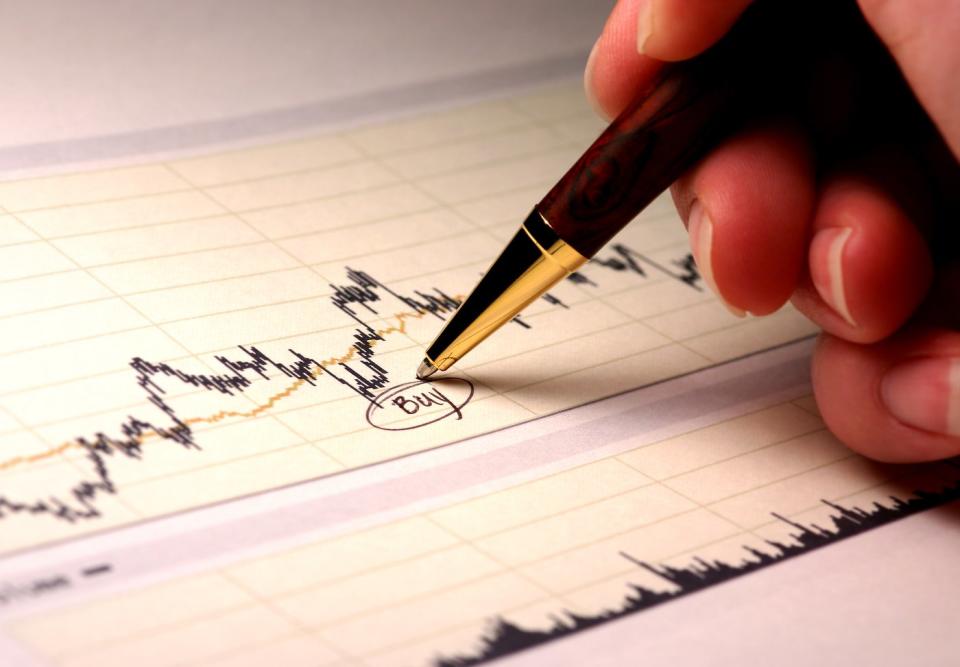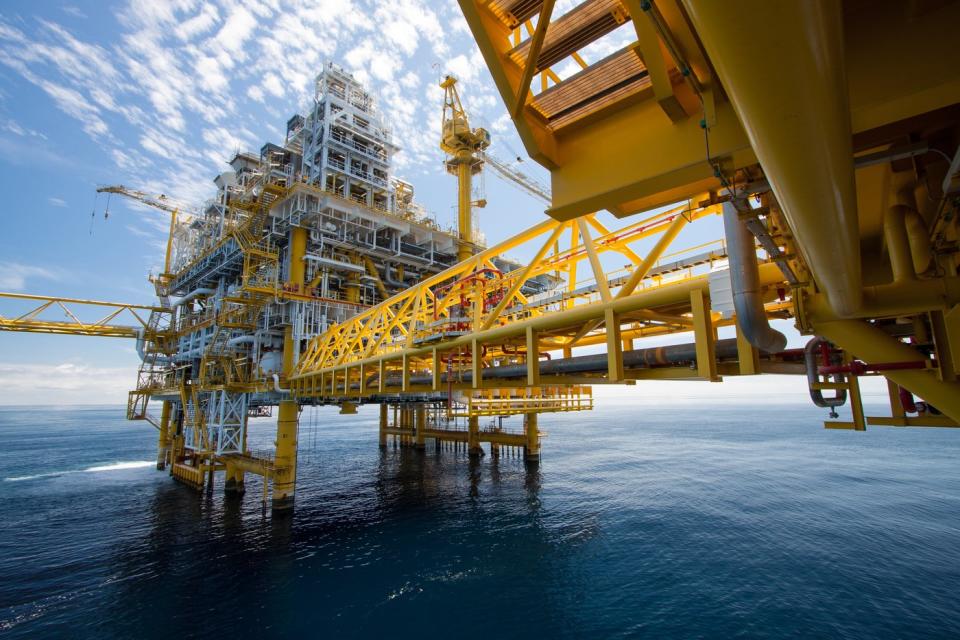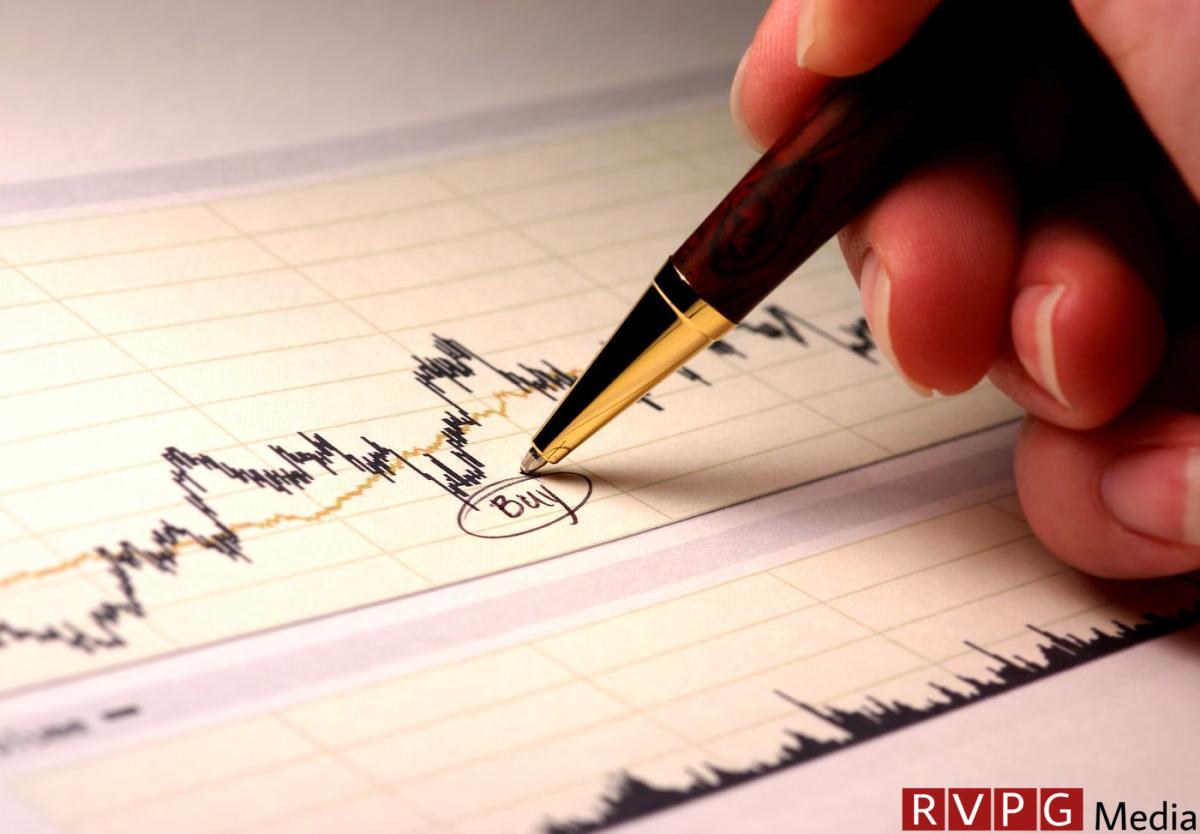For decades, everyday investors have looked to Wall Street’s smartest and most successful investors for inspiration and ideas about where to put their own money. Thanks to Form 13F filings with the Securities and Exchange Commission, investors can literally look over the shoulders of Wall Street greats like billionaires Warren Buffett, Ken Griffin, Ken Fisher and Steven Cohen and see what they’ve been up to.
A 13F is a mandatory quarterly filing by institutional investors and asset managers with at least $100 million in assets under management. It provides an overview of what Wall Street’s top investors bought, sold and held in the last quarter.
Affectionately nicknamed the “Oracle of Omaha,” Buffett manages a $364 billion investment portfolio that includes 45 stocks and two index funds Berkshire Hathaway, while Ken Griffin’s Citadel, the most profitable of all hedge funds since its inception, has $58 billion in assets under management. Ken Fisher’s Fisher Asset Management and Steven Cohen’s Point72 Asset Management had $189 billion and $41 billion in assets under management, respectively, as of Dec. 31, according to 13F aggregator WhaleWisdom.com.
Although these four billionaires have different investment strategies, they all have one thing in common: the desire to continue buying shares in an industry-leading company.

Get to know the stock: Warren Buffett, Ken Griffin, Ken Fisher and Steven Cohen can’t stop buying
Based on 13Fs filed for the quarter ended December, the top company that the Oracle of Omaha, Ken Griffin, Ken Fisher and Steven Cohen have targeted to add to their respective portfolios is the energy titan Chevron (NYSE:CVX).
-
Warren Buffett’s Berkshire Hathaway bought 15,845,037 shares.
-
Ken Griffin’s Citadel Advisors purchased 1,555,345 shares.
-
Ken Fisher’s Fisher Asset Management added 593,585 shares.
-
Steven Cohen’s Point72 Asset Management acquired 139,084 shares.
The most logical reason these prominent billionaire investors have invested in Chevron stock is the expectation that crude oil prices will remain high. During the COVID-19 pandemic, global energy companies, including Chevron, were forced to cut capital expenditure (capex) for three years due to historical demand uncertainty. Although the worst of the pandemic is long behind us and energy companies have increased their investments, global crude oil supplies remain tight.
In addition, Russia’s invasion of Ukraine has led to supply uncertainties for Europe. As long as crude oil supply is limited, there is a high probability that the price per barrel will remain above historical norms.
Although Chevron is an integrated energy company, it derives the lion’s share of its profits from its upstream (i.e. drilling) activities. If the spot price of crude oil remains above historical norms, there is a good chance that Chevron will generate significant operating cash flow.
Chevron’s production is growing, but the company is well protected if oil prices fall
Another reason billionaires are undeniably bullish on Chevron is its production profile. In 2023, Chevron hit an all-time high of 3.1 million barrels of oil equivalent production per day and expects its production to rise 4% to 7% this year.
While some of this increase is organic and will come from production improvements in the oil-rich Permian Basin, Chevron is no stranger to inorganic growth. In October the company announced an all-stock takeover Hess (NYSE:HES) for a value that was then $53 billion – 1.025 Chevron shares for every Hess share. Assuming this deal closes in 2024 as expected, it will result in significant oil production in Guyana as well as 465,000 acres in North Dakota’s Bakken Shale.
Something else that Chevron brings to the table is its integrated midstream and downstream assets. It owns and oversees a network of transmission pipelines as well as refineries and chemical plants – the “downstream” facilities.
Most pipelines operate under long-term, fixed-price contracts with drilling companies, meaning they generate highly predictable and transparent cash flow, regardless of how volatile the spot price of crude oil or natural gas is.
Meanwhile, chemical plants and refineries benefit when the spot price of crude oil falls. A weaker crude oil price lowers input costs for refineries and chemical plants and tends to increase consumer demand for gas at the pump. Pardon the pun, but Chevron has perfectly combined its various business segments to ensure that the company generates strong cash flow in virtually any economic climate.


Chevron is a fundamental investor’s best friend
But it’s not just tight global oil supplies and Chevron’s production and operating profile that have billionaires raving about the stock. The company’s balance sheet, phenomenal return on capital program and valuation also play a key role.
Thanks to a significant increase in the spot price of crude oil in recent years, Chevron has made significant progress in paying down its outstanding debt. When the curtain closed on 2023, the company had a net debt ratio of just 7.3%, which is lower than ExxonMobil, sleeveAnd B.P, to name just a few global energy companies. Chevron has excellent financial flexibility when it comes to pursuing new projects and bolt-on acquisitions.
Big oil companies are also known for their hefty capital return programs, and Chevron doesn’t disappoint. The company’s board approved a $75 billion share buyback program last year and gave the green light to an 8% increase in its quarterly dividend in February. Chevron has increased its annual base payout in each of the last 37 years and is on track to distribute more than $12 billion in dividend income to its shareholders this year. The 4.1% yield is almost three times the stock’s yield S&P 500.
After all, the valuation makes a lot of sense for fundamentally oriented investors like billionaire Warren Buffett. Opportunistic value seekers can pick up Chevron shares at 11.7 times Wall Street consensus 2025 earnings forecast. For comparison: This corresponds to a discount of 19% on the average earnings multiple for the coming year over the last five years.
If the Oracle of Omaha, Ken Griffin, Ken Fisher, and Steven Cohen are right, Chevron may be a hoot for patient investors.
Should you invest $1,000 in Chevron now?
Before buying Chevron stock, consider the following:
The Motley Fool Stock Advisor The analyst team has just identified what they think this is The 10 best stocks so investors can buy it now… and Chevron wasn’t one of them. The ten stocks that made the cut could deliver huge returns in the years to come.
Think about when Nvidia created this list on April 15, 2005… if you have $1,000 invested at the time of our recommendation, You would have $488,186!*
Stock Advisor provides investors with an easy-to-follow roadmap to success, including guidance on building a portfolio, regular updates from analysts, and two new stock picks per month. The Stock Advisor has service more than quadrupled the return of the S&P 500 since 2002*.
See the 10 stocks »
*Stock Advisor returns from April 22, 2024
Sean Williams holds positions at ExxonMobil. The Motley Fool has positions in and recommends BP, Berkshire Hathaway and Chevron. The Motley Fool has a disclosure policy.
Meet industry-leading stock billionaires Warren Buffett, Ken Griffin, Ken Fisher and Steven Cohen. “Can’t Stop Buying” was originally published by The Motley Fool
